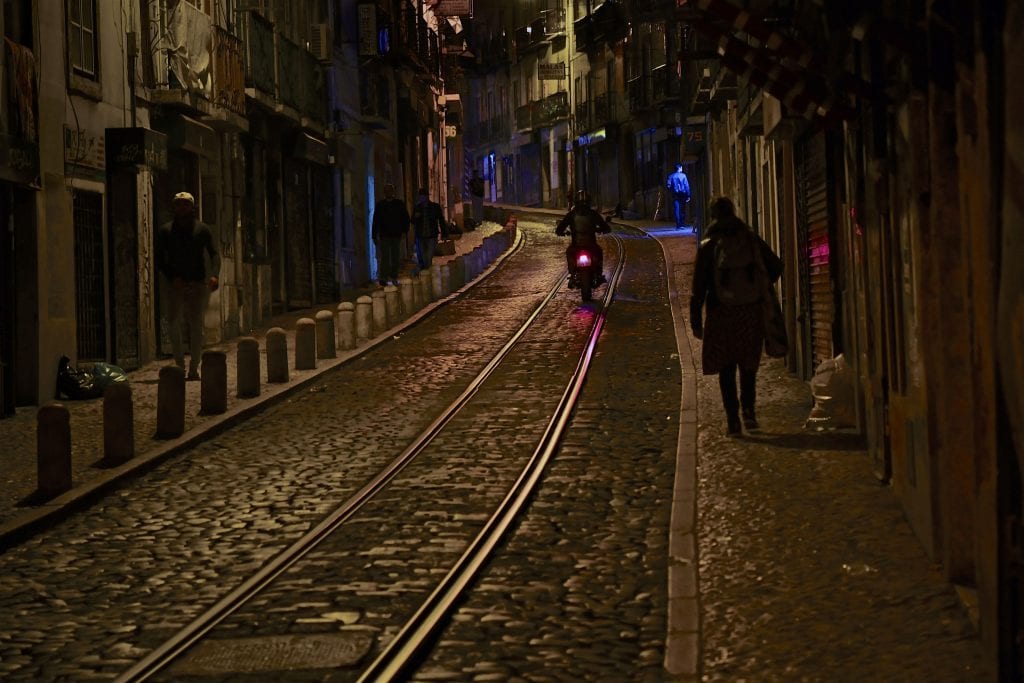
Perhaps the poster boy for shooting volumes is street photographer Garry Winogrand. When he died of cancer at the age of just 56 in 1984, he left behind 2500 undeveloped rolls of 36-exposure 35mm film (mostly Tri-X), 6500 rolls of developed but not contact-printed film, and another 3000 apparently untouched, unedited contact sheets. That’s a staggering number of images. Colleagues, students, and friends talked about him as an obsessive picture-taking machine.
As with sports photography, where there are 8000 potential moments in a single second (1/8000 second shutter speed), volume is essential in the haphazard, constantly moving and out-of-control world of the street photographer. To photograph chaos in a coherent way, Winogrand melded intuition and chance with experience to capture serendipity in some order.
His images juxtapose disparate visual elements in an organized, connected way that could not be orchestrated. His pictures often communicate complex scenes in simple, easy-to-read compositions.
To do this kind of work, shooting a volume is necessary because most times you click the shutter, it doesn’t work out.
“The nature of the photographic process—it is about failure. Most everything I do doesn’t quite make it. The failures can be intelligent; nothing ventured, nothing gained. Hopefully you’re risking failing every time you make a frame. I learned a long time ago to trust my instincts. If I’m at the viewfinder and I know that picture, why take it? I’ll do something to change it, which is often the reason why I may tilt the camera or fool around in various ways. You don’t learn anything from repeating what you know, in effect, so I keep trying to make [the process] uncertain.”
Garry Winogrand, from an interview with Bill Moyers
Mason Resnick was a student of Winogrand’s and describes his techniques:
“He walked slowly or stood in the middle of pedestrian traffic as people went by. He shot prolifically. I watched him walk a short block and shoot an entire roll without breaking stride. He was constantly looking around, and often would see a situation on the other side of a busy intersection. Ignoring traffic, he would run across the street to get the picture. Incredibly, people didn’t react when he photographed them.”
With 10,000 hours comes technical mastery. Winogrand photographed every day and didn’t have to think about settings for his meter-less Leica; he knew them instinctively. He stood in front of his subjects, sometimes blocking their way, and shot, nodding and communicating with people; few noticed him or seemed annoyed.
Resnick continued:
“I tried to mimic Winogrand’s shooting technique. I went up to people, took their pictures, smiled, nodded, just like the master. Nobody complained; a few smiled back! I tried shooting without looking through the viewfinder, but when Winogrand saw this, he sternly told me never to shoot without looking. ‘You’ll lose control over your framing,’ he warned. I couldn’t believe he had time to look in his viewfinder, and watched him closely. Indeed, Winogrand always looked in the viewfinder at the moment he shot. It was only for a split second, but I could see him adjust his camera’s position slightly and focus before he pressed the shutter release. He was precise, fast, and in control.”
What do you think of Winogrand’s technique? How does it differ from yours?











